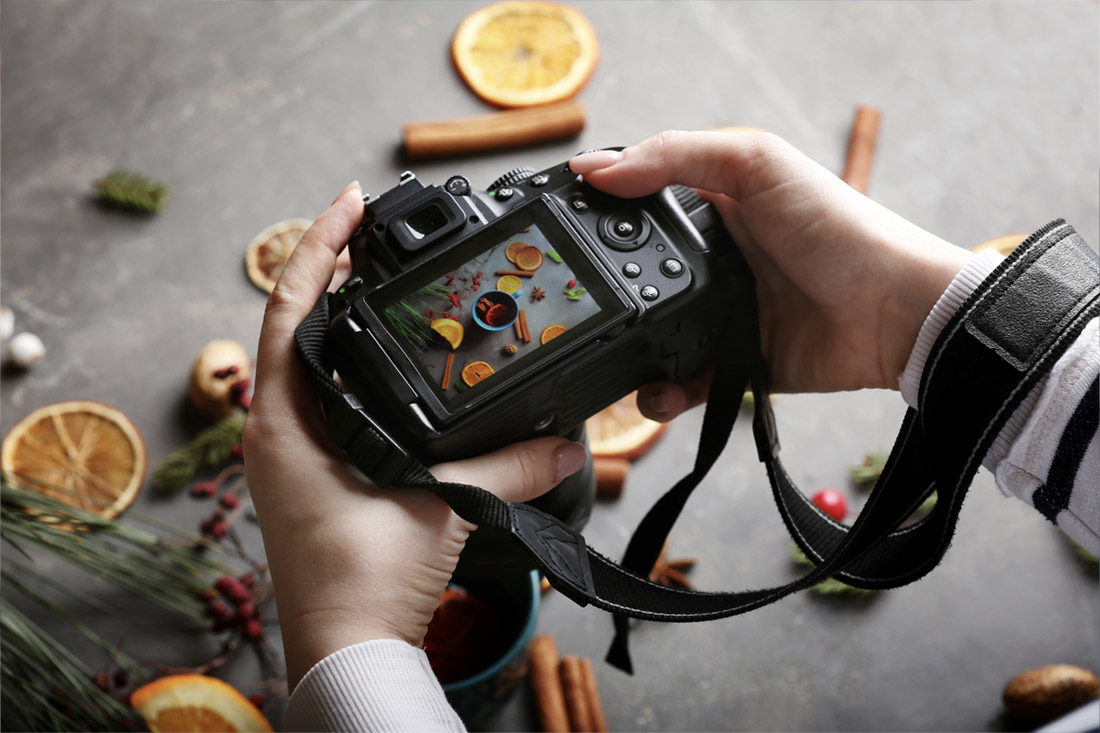Keywords are the unsung heroes of stock photography. They make sure your photos don’t get lost in the crowd, helping potential buyers find exactly what they’re looking for—your images. But getting keywords right isn’t as simple as tossing in random words. It takes thought, strategy, and a bit of creativity.
So, how do you make sure you’re using the right keywords? Let’s dive into some practical tips that’ll help boost your discoverability and ultimately lead to more sales.
Why Keywords Matter
When you upload a photo to a stock agency, keywords are the way buyers find your content. Think of them as bridges between your work and the customer. A great photo without good keywords is like a shop in the middle of nowhere—it’s hard to find.
For example, if you upload a photo of a cozy autumn scene but only tag it with generic terms like “autumn” or “fall,” you might miss out on buyers looking for more specific concepts like “cozy cabin,” “fall leaves,” or “hot cocoa.” Specific keywords capture a buyer’s intent.
How to Choose the Right Keywords
Start by thinking like a buyer. What would someone type into the search bar if they wanted to find your image? Brainstorm different scenarios where your photo might be used. Is it for an article about relaxation? An advertisement for autumn decor? Knowing the possible uses of your photo can help you select keywords that resonate with buyers.
Keep It Relevant: Only include keywords that truly describe the content. If your image is of a family hiking in the mountains, don’t add unrelated tags like “city” or “beach” just to show up in more searches. This can hurt your credibility and lead to frustrated buyers who won’t return to your portfolio.
Use Synonyms and Variations: If your photo is of a cup of coffee, don’t stop at “coffee.” Use terms like “espresso,” “cappuccino,” “latte,” or “morning beverage.” This increases your chances of showing up in more searches, but make sure they accurately represent what’s in the image.
How Many Keywords Should You Use?
Most stock photo platforms allow you to include up to 50 keywords, but that doesn’t mean you should max out every time. Quality matters more than quantity. Aim for 15–30 carefully selected keywords that fully describe your image. Adding too many irrelevant keywords dilutes the effectiveness of your tags.
Tools and Tricks for Keywording
If you’re feeling stuck on keywords, don’t worry—there are tools that can help. Websites like Shutterstock’s Keyword Tool or Keyword.io can generate relevant suggestions based on a single word. These tools give you insights into what’s trending or commonly searched for in your niche, giving you an edge when uploading new content.
Take Advantage of Categories: Many stock agencies allow you to place your photo in specific categories like “Travel” or “Food.” This can work as an additional form of keywording. Choosing the right category helps guide buyers toward your work when they’re browsing broader topics.
Avoid Keyword Stuffing
It might be tempting to throw in as many keywords as possible, but stuffing your description with irrelevant terms will do more harm than good. Stock agencies frown upon this practice and may even penalize your images in search results. Plus, it’s a quick way to lose buyer trust.
Instead, focus on creating a concise, accurate list that paints a clear picture of your image. For instance, an image of a golden retriever playing in the snow should have keywords like “dog,” “retriever,” “snow,” “winter,” “outdoors,” and “playful.” Anything outside of those themes would be overkill.
Good vs. Bad Keywording in Action
Now, let’s look at a real-life example to understand the difference between effective and ineffective keywording. Below is an image of a woman drinking coffee in a cozy café. We’ll walk through both good and bad keywording practices to help you avoid common mistakes and make your photos more searchable.

What NOT to Do:
- Irrelevant Keywords:
- Example: “Outdoors,” “bed,” “smartphone.”
- Why it’s wrong: These keywords have nothing to do with the photo’s content and will mislead potential buyers. Always keep keywords relevant to what’s visible and the theme of the image.
- Keyword Stuffing:
- Example: “coffee, drink, cup, coffee cup, latte, coffee shop, cozy, drinking coffee, sipping coffee, woman drinking coffee, female drinking coffee, beverage.”
- Why it’s wrong: While these terms describe the image, cramming too many variations of the same idea dilutes the focus. Stock platforms may penalize keyword stuffing, and it doesn’t help buyers narrow their search.
- Overgeneralizing:
- Example: “Nature, woman, food, interior, lifestyle.”
- Why it’s wrong: These are too broad and won’t help your image stand out. While “woman” and “interior” are technically accurate, they don’t provide enough context about the setting or mood of the photo.
What TO Do:
- Use Specific Keywords:
- Example: “Woman drinking coffee, indoor café, cozy café, coffee shop interior, houseplants, relaxed morning, modern lifestyle, orange robe, casual atmosphere, laptop on table.”
- Why it works: These keywords provide a more accurate description of the image and help potential buyers find it based on specific themes like the café setting, casual mood, and personal details (e.g., the orange robe).
- Think Like a Buyer:
- Example: “Remote work, freelancer, morning routine, casual workspace, working from home, coffee break.”
- Why it works: Imagine how this image might be used—for an article on remote work, a blog about self-care, or a campaign promoting café culture. This approach aligns keywords with likely buyer searches.
- Use Long-Tail Keywords:
- Example: “Woman enjoying coffee in cozy café, freelancer working in a café with a laptop, relaxing with coffee in a modern coffee shop.”
- Why it works: Long-tail keywords target niche searches and are more specific, helping your image appear in less competitive results.
- Include Emotional and Lifestyle Keywords:
- Example: “Relaxation, slow living, peaceful moment, morning ritual, hygge lifestyle.”
- Why it works: These keywords connect with lifestyle themes and emotions, which can appeal to buyers looking to convey a specific mood in their projects.
Keywording Best Practices: A Quick Recap
- Avoid overloading your image with unnecessary keywords just to show up in more searches. Keep it relevant and accurate.
- Balance general and specific keywords to capture a range of potential buyers, but avoid being too vague.
- Think about the story your image tells and what buyers might use it for—this is key to selecting the right terms.
Importance of Long-Tail Keywords
Long-tail keywords are specific phrases that are less commonly searched but tend to be more effective at connecting with a niche audience. For instance, instead of using just “dog,” a long-tail keyword like “golden retriever playing in the snow” will target buyers who are looking for something very specific. These keywords usually have less competition and can help your image stand out in search results.
Keep an Eye on Trends
Stock photography is influenced by trends, just like any other industry. Whether it’s a holiday, an event, or a cultural shift, keeping up with trends can help you stay relevant. Use timely keywords when uploading seasonal or topical content, like “remote work,” “wellness,” or “minimalism.”
But be cautious—don’t force a trend that doesn’t fit your photo. If your image isn’t relevant to the current trend, it’s better to stick with evergreen keywords that always have demand.
Testing and Adapting
Keywording isn’t a one-and-done task. You can and should revisit your older images and update keywords from time to time. Maybe a new trend or event has made one of your photos more relevant. Or perhaps you’ve learned better keywording strategies since the time you uploaded it.
Many stock platforms allow you to edit keywords after the fact, so don’t hesitate to refresh your image descriptions and keywords periodically.
Keywords are essential for making your stock photos visible to buyers. By using relevant terms, avoiding overstuffing, and keeping an eye on trends, you can significantly improve your chances of getting noticed. Remember, it’s all about quality over quantity—choose keywords that truly describe your image and its potential uses.
So, the next time you’re uploading a photo, take a little extra time with your keywords. It could be the difference between your image sitting idle or racking up downloads!
Want to boost your stock photo sales even more? Explore other tips and tricks for optimizing your portfolio in our latest blog posts!


